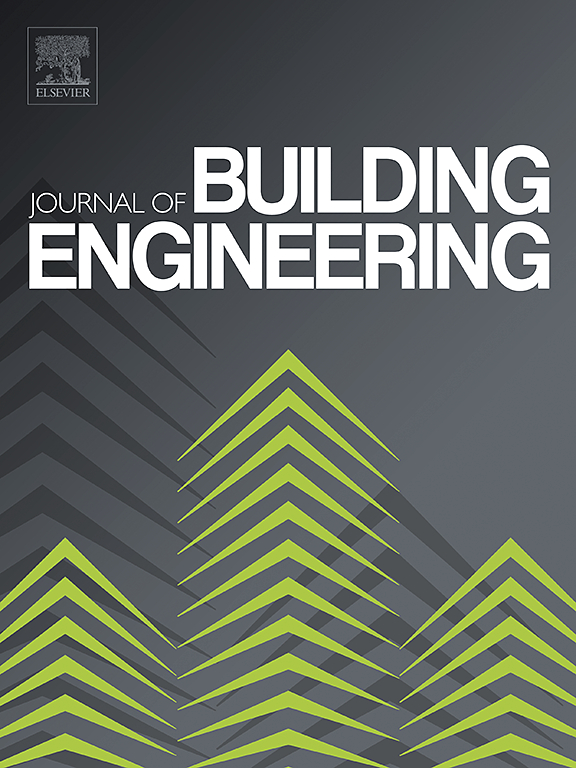An experimental study of respiratory particle dispersion in an operating room under positive and negative pressurization
IF 6.7
2区 工程技术
Q1 CONSTRUCTION & BUILDING TECHNOLOGY
引用次数: 0
Abstract
Hospital operating rooms (ORs) are typically maintained at positive pressure, which can increase the risk of disease transmission to healthcare workers and to spaces outside of the OR when an infected patient is present. This study investigates the influence of operating room pressurization (positive and negative) and dynamic healthcare worker (HCW) activity on respiratory particle dispersion, addressing gaps in understanding airflow dynamics and infection control. Experiments were conducted in a full-scale OR to simulate conditions with a continuous respiratory aerosol source and a cough source, analyzing particle concentration under varying pressurization scenarios and with anteroom interactions. Key findings reveal that negative pressurization effectively reduces respiratory particle concentrations across the OR, with a ventilation efficiency of 78 % compared to 59 % under positive pressurization. The use of an anteroom reduced particle concentrations by 25 % at the operating table and up to 31 % in the anteroom. Movement of healthcare workers significantly influenced aerosol dispersion, with particle concentrations increasing by 17.8 % at higher speeds (1.2 m/s) under positive pressure. Faster HCW movement increases particle spread, particularly under positive pressure. The inclusion of an anteroom further reduces particle migration to adjacent areas, emphasizing its importance in infection control strategies. The study's results highlight the effectiveness of negative pressure systems in mitigating airborne infectious disease transmission and demonstrate the value of anterooms in enhancing containment. These findings contribute to optimizing OR design and ventilation practices, providing evidence-based recommendations for safer healthcare environments, and delivers insights to inform future standards in building engineering for infection control.

求助全文
约1分钟内获得全文
求助全文
来源期刊

Journal of building engineering
Engineering-Civil and Structural Engineering
CiteScore
10.00
自引率
12.50%
发文量
1901
审稿时长
35 days
期刊介绍:
The Journal of Building Engineering is an interdisciplinary journal that covers all aspects of science and technology concerned with the whole life cycle of the built environment; from the design phase through to construction, operation, performance, maintenance and its deterioration.
 求助内容:
求助内容: 应助结果提醒方式:
应助结果提醒方式:


